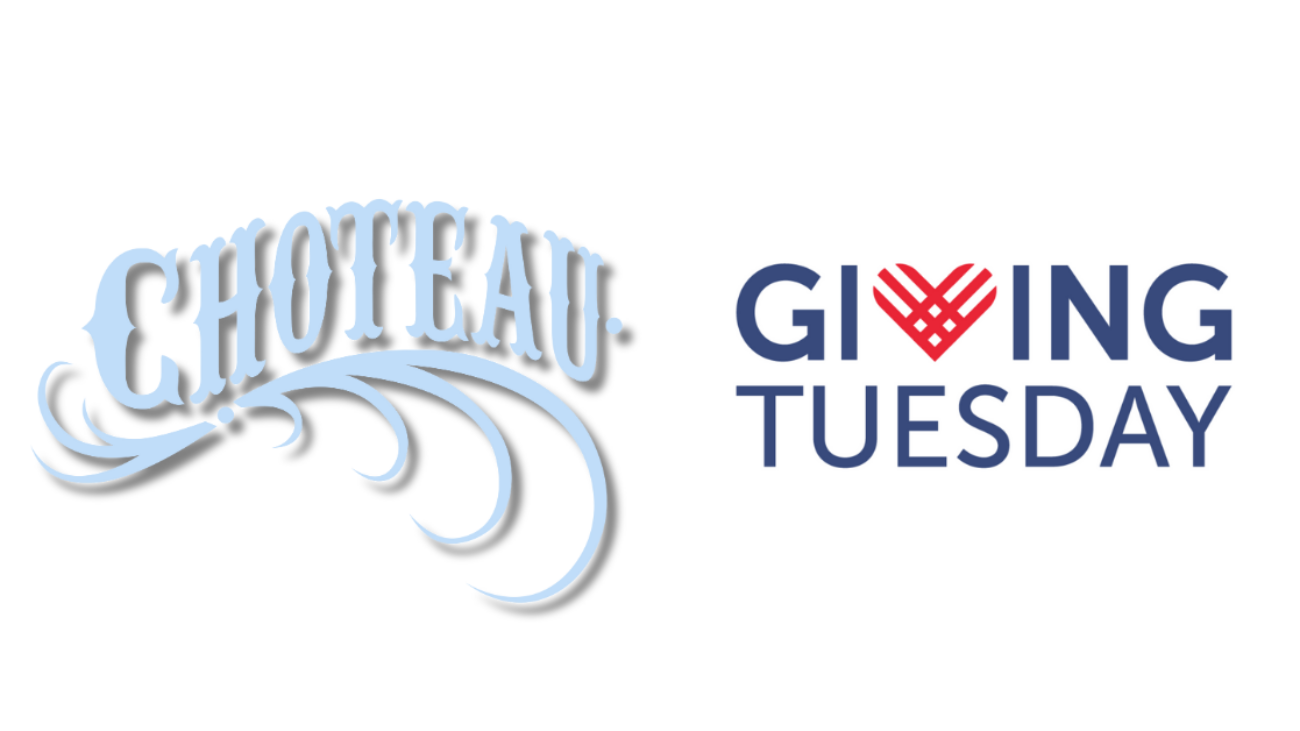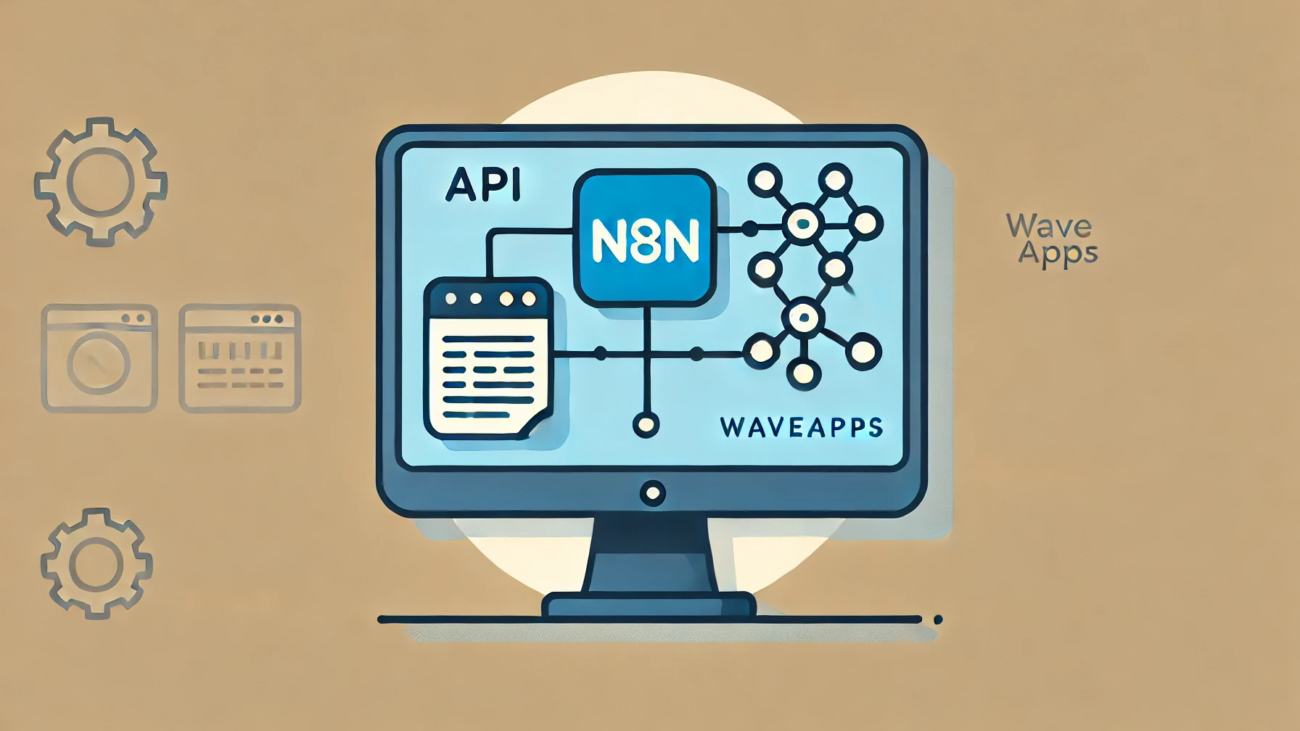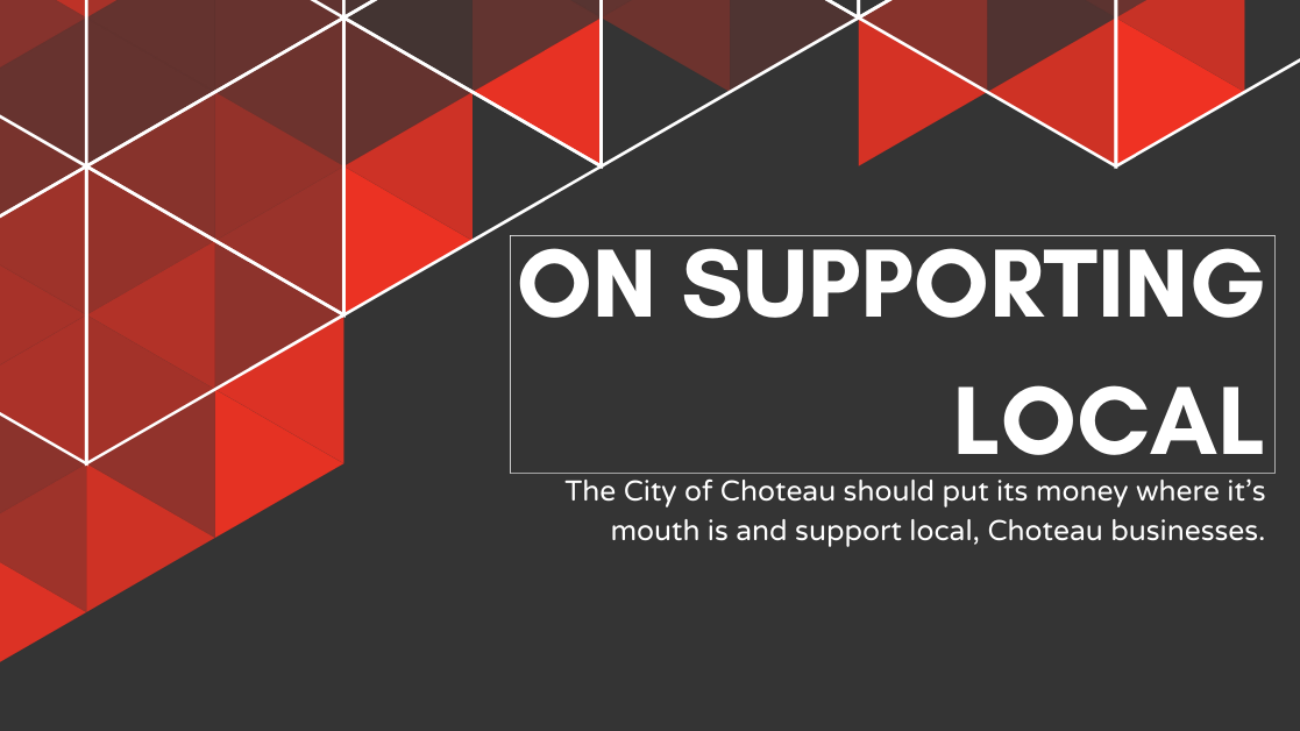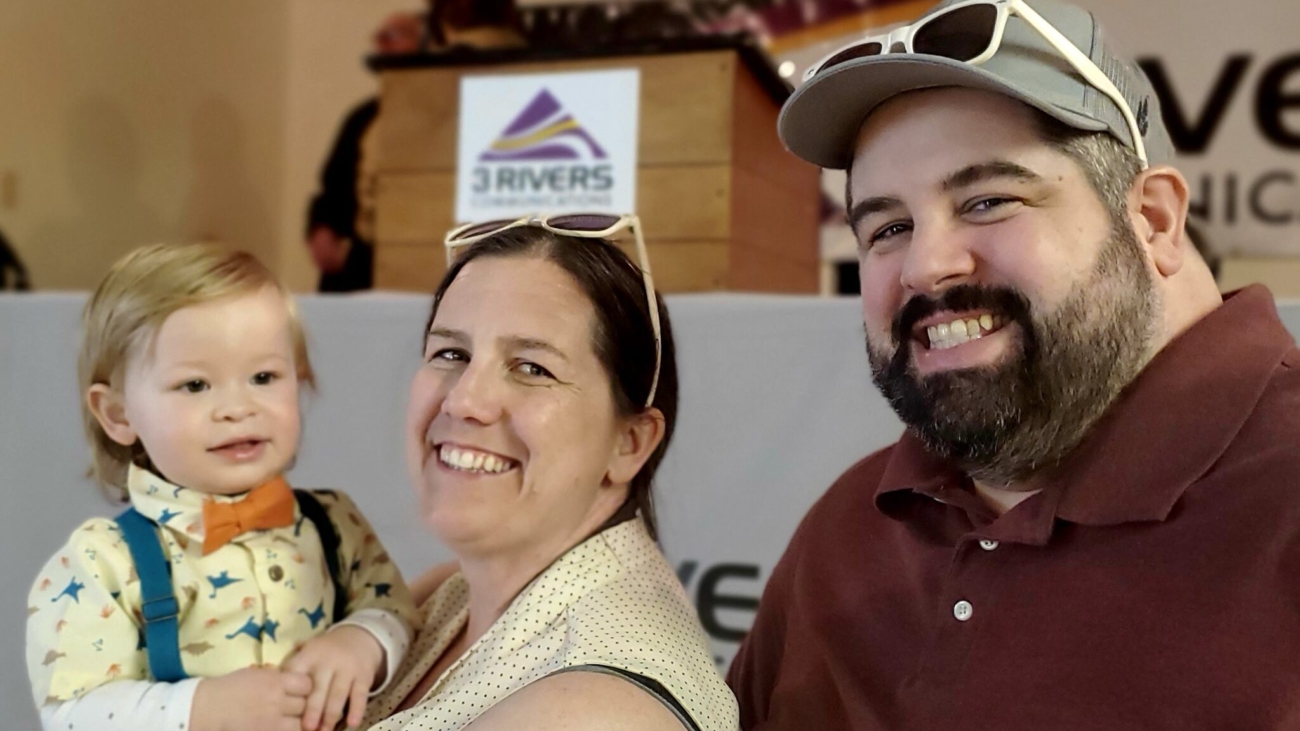Are you more of a hedgehog or a fox? This intriguing question draws inspiration from Isaiah Berlin’s famed essay “The Hedgehog and the Fox,” which spins a tale from an ancient Greek parable. In this narrative, foxes are known for their cunning, possessing a wide array of tricks to tackle the challenges they face. Hedgehogs, contrastingly, focus on one grand strategy, mastering it above all else. This concept beautifully sets the stage for understanding the Hedgehog Concept, a pivotal idea detailed in the seminal work “Good to Great.” This concept distills the essence of transformational success into a single, profound truth gleaned from a deep understanding of three critical intersections: what ignites your deepest passion, what you can truly excel at to be the best in the world, and what drives your economic or resource engine most effectively.
According to Jim Collins, transformations from good to great don’t just happen overnight; they’re the result of a series of wise decisions, all aligned with the Hedgehog Concept, executed flawlessly and piled one on top of another over time. For more on this transformative idea, delve into the rich insights at Jim Collins’ website, or his book Good to Great where the Hedgehog Concept is explored in greater depth.
The Hedgehog Concept, adapted for rural nonprofit, is a strategic principle that guides organizations to achieve lasting impact by focusing on the convergence of three critical elements: what they are deeply passionate about, what they can uniquely excel at within their community or field, and how they effectively drive their resource engine in a context where traditional economic models may not fully apply. For rural nonprofits, this concept emphasizes leveraging local strengths, such as community engagement, natural and cultural resources, and unique regional needs, to carve out a niche where they can make a significant impact . It encourages these organizations to hone in on their core mission and capabilities, while creatively mobilizing a diverse range of resources, including volunteer time, local partnerships, and non-traditional funding sources, to sustain their operations and amplify their impact.
Differences from the For-Profit World
In the nonprofit sector, the application of the Hedgehog Concept, particularly the third circle, undergoes a significant transformation from the original for-profit business-centric model. The essence of the Hedgehog Concept remains the intersection of three circles: what an organization is deeply passionate about, what it can be the best in the world at, and what drives its economic engine. However, for nonprofits, the third circle shifts from a purely economic engine to what Jim Collins refers to as a “resource engine.”
The Resource Engine in Nonprofits:
- Broader Definition of Resources: Unlike for-profit entities that primarily focus on financial profitability, nonprofits rely on a more diverse set of resources. These include volunteer labor, in-kind donations, grants, community goodwill, partnerships, and other non-monetary contributions that are crucial for sustaining operations and fulfilling their mission.
- Mission-Centric Funding: In the nonprofit world, the “resource engine” is intricately tied to the organization’s mission. The capacity to generate resources is often directly related to the clarity, appeal, and impact of the mission. Successful nonprofits articulate their mission in a way that resonates deeply with donors, volunteers, and the community, thereby unlocking a wider array of resources beyond mere financial inputs.
- Sustainable Impact Over Profit: The ultimate goal of the resource engine for nonprofits is not profit maximization but the maximization of impact. This means that resources are mobilized and managed in a way that sustains and enhances the organization’s ability to make a difference in its focus area, whether that’s education, health, conservation, or social services.
- Adaptability and Creativity: Nonprofits, especially in rural areas or those serving niche causes, often face resource constraints that require innovative approaches to resource development and utilization. This can involve forming strategic partnerships, leveraging technology for greater efficiency, or mobilizing the community in support of the organization’s goals.
- Alignment with Values and Ethics: The process of resource acquisition and allocation in the nonprofit sector is also deeply aligned with the organization’s values and ethical considerations. The means of resource generation must align with the mission and ethics of the organization, ensuring that the pursuit of resources does not compromise the nonprofit’s core values or integrity.
For rural nonprofits and those in specialized fields, the concept of a resource engine emphasizes the need to be resourceful, community-oriented, and mission-driven in their approach to sustainability. This shift from a purely economic focus to a broader resource perspective allows nonprofits to align their strategies more closely with their missions, leading to more meaningful and lasting impacts in the communities they serve.
The Three Circles for Rural Nonprofits
The Three Circles framework isn’t just a strategy; it’s a reflection of the values and vision that drive rural nonprofits. It’s a reminder that, even in the most remote corners of the world, small organizations can make a big difference when they stay true to their passion, leverage their unique strengths, and harness the power of their community.
In the heart of rural communities, where the pace of life may be slower but the connections run deep, nonprofits play an indispensable role. These organizations are not just service providers; they are the keepers of community spirit, the champions of local heritage, and the builders of a better future. But how can rural nonprofits ensure their efforts lead to lasting impact? The answer lies in understanding and applying the Three Circles framework, tailored for the unique challenges and opportunities they face.
Circle 1: Unearthing Passion
The first circle revolves around passion. It’s about pinpointing what your organization, and the community it serves, holds dear. This passion isn’t just a fleeting interest; it’s the core of your mission, the reason your nonprofit exists. In rural settings, this often ties closely to community development, the preservation of local heritage and culture, and the provision of essential educational resources.
Identifying your passion requires listening — to your own heart, to your team, and most importantly, to the community you serve. It’s found in the stories of the past, the needs of the present, and the hopes for the future. Whether it’s reviving local traditions, protecting natural landscapes, or ensuring every child has access to quality education, your passion is the beacon that guides everything your nonprofit does.
Circle 2: Cultivating Excellence
The second circle asks a challenging but critical question: What can your nonprofit be the best at? In the rural context, this isn’t about competing on a global stage but about finding your niche where you can make an undeniable impact. It’s about recognizing that, despite limited resources and geographical isolation, your organization has unique strengths and capabilities.
This might mean leveraging intimate local knowledge to address community-specific issues, or perhaps, tapping into the rich tapestry of rural life to offer programs that can’t be found elsewhere. It’s about looking at your resources, your team, and your community, and asking, “Where can we truly excel?” This might involve innovative approaches to traditional problems or simply doing what you do so well that people can’t help but take notice.
Circle 3: Powering Your Resource Engine
The third circle is where many rural nonprofits face their toughest challenges but also where they can find their greatest opportunities: the resource engine. Unlike their urban counterparts, rural nonprofits often can’t rely on a steady stream of funding or an abundance of volunteers. Instead, they must get creative, tapping into local partnerships, community involvement, and alternative funding strategies.
This means building strong relationships with local businesses, which can provide both financial support and in-kind contributions. It’s about mobilizing the community, not just as donors but as active participants in your mission. Volunteer programs can tap into the diverse skills and passions of local residents, turning them from observers into champions of your cause.
But the resource engine isn’t just about money and manpower; it’s also about ideas and innovation. Collaborations with schools, government agencies, and other nonprofits can lead to new programs and initiatives that multiply your impact. Grant funding, when combined with local fundraising efforts, can provide the financial fuel your projects need to succeed.
Implementation of the Hedgehog Concept
Rural nonprofits often grapple with challenges that their urban counterparts might seldom encounter. The sparse population density leads to a limited donor base and fewer opportunities for corporate partnerships or large-scale fundraising events. Resources that urban nonprofits might take for granted, such as access to technology, skilled volunteers, and professional development opportunities, are scarcer in rural areas. Moreover, the physical remoteness can lead to isolation, not just geographically but also professionally, making it harder to network, collaborate, and stay abreast of best practices and innovations in the sector.
A Pathway to Opportunity
Despite these hurdles, the Hedgehog Concept provides a framework for rural nonprofits to reframe their challenges as opportunities by focusing on their core strengths and mission.
Passion as a Unifying Force
Rural nonprofits are often deeply embedded in their communities, with a clear understanding of local needs and values. This intimate knowledge and connection can fuel a passion that becomes infectious, rallying community members, volunteers, and even distant donors around a common cause. By articulating and embracing this passion, rural nonprofits can strengthen their community bonds and enhance local engagement, turning the challenge of a smaller population into an opportunity for deeper, more meaningful connections.
Excellence in a Niche
The constraint of limited resources can be a blessing in disguise, compelling rural nonprofits to become highly specialized and efficient in their domain. By focusing on what they can truly excel at, these organizations can become indispensable pillars in their communities, offering services or expertise that no one else can. This specialization not only sets them apart but can also attract attention, funding, and support from beyond their immediate geographical boundaries, turning isolation into a hallmark of uniqueness.
Resource Engine Innovation
The traditional economic model of fundraising and resource generation may not fully apply in a rural setting, but this limitation forces innovation. Rural nonprofits can explore diverse funding streams, from micro-donations and community crowdfunding to grants specifically aimed at rural development. Partnerships with local businesses, schools, and government entities can also provide both financial support and in-kind resources. By thinking creatively about their resource engine, rural nonprofits can build a sustainable foundation that leverages the full spectrum of community assets.
Embracing the Hedgehog Concept
For rural nonprofits, the Hedgehog Concept is more than a strategic tool; it’s a lens through which to view the unique landscape of challenges and opportunities they navigate. It encourages these organizations to lean into their inherent strengths, forge deeper community connections, and innovate in resource development. By doing so, they not only overcome the obstacles inherent to their rural setting but also harness the power of their community’s unique character and resources to make a lasting impact.
Identifying Your Nonprofit’s Hedgehog Concept
Identifying the Hedgehog Concept for a rural nonprofit involves deep introspection, strategic planning, and active engagement with the community. Here are practical steps that any rural nonprofit can follow to discover and implement their Hedgehog Concept effectively:
Step 1: Internal Assessment Workshop
- Organize a Team Workshop: Gather your core team for a dedicated workshop aimed at introspection and strategic discussion. This should include board members, staff, and key volunteers.
- Introduce the Hedgehog Concept: Start with an educational session on the Hedgehog Concept to ensure everyone understands its components and significance.
- Individual Reflection: Allow time for individual reflection where each participant can consider the organization’s strengths, passions, and potential resource engines from their perspective.
- Group Discussions: Facilitate group discussions to share insights and perspectives, focusing on identifying the organization’s core passion, what it can uniquely excel at, and potential innovative resource engines.
Step 2: Community Engagement and Feedback Sessions
- Host Community Forums: Organize community forums or town hall meetings to gather input and feedback from the broader community. This is crucial for understanding community needs and perceptions.
- Surveys and Questionnaires: Distribute surveys or questionnaires both online and in-person to reach a wider audience within the community, gaining insights into their views on the organization’s impact and areas of need.
- Stakeholder Interviews: Conduct one-on-one interviews with key community stakeholders, such as local leaders, educators, business owners, and beneficiaries of your programs, to gather in-depth insights.
Step 3: Data Analysis and Synthesis
- Consolidate Findings: Bring together all the data and insights gathered from the workshops, community sessions, surveys, and interviews.
- Analyze for Common Themes: Look for common themes, especially those that resonate across different groups and sessions, to identify your nonprofit’s true passion, unique strengths, and potential resource engines.
- Draft Your Hedgehog Concept: Based on the analysis, draft a preliminary Hedgehog Concept that captures the essence of what your organization stands for, excels at, and how it sustains itself.
Step 4: Strategic Planning Retreat
- Organize a Retreat: Plan a retreat with your organization’s decision-makers and influencers to refine and finalize the Hedgehog Concept. A retreat allows for focused, uninterrupted time to delve deep into strategic planning.
- External Facilitator: Consider bringing in an external facilitator experienced in strategic nonprofit planning to guide the discussions and ensure objectivity.
- Integration into Strategic Plan: Work on integrating the finalized Hedgehog Concept into your strategic plan, setting clear goals, objectives, and initiatives that align with each aspect of the concept.
Step 5: Implementation Planning
- Action Plans: Develop specific action plans for implementing each part of the Hedgehog Concept, assigning responsibilities, setting timelines, and determining necessary resources.
- Pilot Programs: Consider launching pilot programs or initiatives to test aspects of the Hedgehog Concept in practice, allowing for adjustments based on real-world feedback.
- Communication Strategy: Develop a communication strategy to share your Hedgehog Concept with the broader community, stakeholders, and potential donors, ensuring alignment and support for your strategic direction.
Step 6: Continuous Review and Adaptation
- Regular Review Sessions: Schedule regular review sessions (e.g., quarterly or bi-annually) to assess the progress and impact of initiatives aligned with the Hedgehog Concept.
- Adapt and Evolve: Be prepared to adapt and evolve your Hedgehog Concept as your organization grows, the community’s needs change, or new challenges and opportunities arise.
By following these practical steps, rural nonprofits can effectively identify and implement their Hedgehog Concept, aligning their operations with their core mission and strengths, and strategically leveraging resources for sustainable impact.
Beyond the Hedgehog:
The Art of Sustained Success Through Adaptability
In the journey of a nonprofit, particularly those nestled in the heart of rural communities, the Hedgehog Concept has proven to be a guiding light—a strategic framework that focuses on leveraging core strengths for maximum impact. But the path to lasting success and relevance is not just about finding your Hedgehog Concept; it’s also about evolving it. The landscapes in which nonprofits operate are ever-changing, and adaptability is key to not just surviving but thriving in this dynamic environment.
The Nature of Change in Nonprofits
Change is the only constant, and for nonprofits, this rings particularly true. Changes in community needs, shifts in the economic climate, technological advancements, and evolving social values can all impact the effectiveness and relevance of a nonprofit’s mission and strategies. Staying rigidly attached to a once-successful strategy can lead to stagnation. Hence, the need for adaptability—a willingness to reassess and revise the Hedgehog Concept as circumstances evolve.
The Adaptive Hedgehog: A Dynamic Framework
The Hedgehog Concept, at its core, is about clarity and focus. It involves understanding what your organization is deeply passionate about, what it can be the best in the world at, and what drives its resource engine. However, maintaining success beyond the initial implementation of the Hedgehog Concept requires an adaptive approach, where these three circles are continually reassessed and realigned with the current context and future aspirations.
Adapting with Passion
Passions evolve, both within organizations and in the communities they serve. What ignites a nonprofit’s drive at its inception may shift as it grows and as community dynamics change. Staying in tune with these shifts—through regular community engagement, feedback mechanisms, and internal reflections—ensures that your organization’s passion remains aligned with both your mission and the needs of your community.
Excelling in a Shifting Landscape
The domain in which a nonprofit can truly excel is also subject to change. New challenges, competitors, and opportunities can emerge, making it necessary to revisit and sometimes redefine what being “the best” means. Continuous learning, innovation, and an openness to adopting new methodologies and technologies can help maintain or redefine your competitive edge.
Evolving the Resource Engine
The resources available to nonprofits, from funding sources to volunteer pools, can fluctuate significantly over time. Economic downturns, policy changes, and shifts in donor priorities can all impact a nonprofit’s resource engine. Adapting might mean diversifying funding streams, finding new ways to engage volunteers, or leveraging technology to do more with less.
Strategies for Maintaining Adaptability
- Regular Strategic Reviews: Make it a practice to regularly review your organization’s strategic alignment with the Hedgehog Concept, at least annually. These reviews should involve not just leadership but input from all levels of the organization and, ideally, from the community you serve.
- Foster a Culture of Innovation: Encourage a culture where new ideas are welcomed, and experimentation is seen as a path to learning and growth. This can involve setting aside resources for pilot projects or offering incentives for innovative ideas that align with your evolving Hedgehog Concept.
- Invest in Continuous Learning: Provide opportunities for your team to acquire new skills and knowledge that can help your organization adapt to changing circumstances. This could include professional development, attending conferences, or bringing in external experts for training sessions.
- Build Flexible Structures: Design your organization’s structures and processes to be flexible and responsive to change. This might mean having adaptable job roles, a modular approach to program development, or agile project management methodologies.
- Engage with Your Community: Maintain close ties with your community and other stakeholders to ensure you’re always attuned to their changing needs and perceptions. This continuous dialogue can provide early indicators of shifts that might necessitate changes in your approach.
Cultivating a Culture of Continuous Learning in Nonprofits
In the dynamic world of nonprofit organizations, particularly those serving rural communities, the journey towards sustained success is paved with more than just strategic focus and community engagement. At the heart of enduring impact and adaptability lies a commitment to continuous learning. While the Hedgehog Concept provides a clear framework for organizational focus, it’s the ongoing education and learning within the organization that ensures this focus remains relevant and responsive to new challenges and opportunities.
The Lifeline of Learning
Continuous learning within a nonprofit is akin to the roots of a tree, silently but powerfully supporting growth and resilience. It involves regularly updating skills, knowledge, and strategies to keep pace with changing environments, emerging trends, and evolving community needs. In the context of the Hedgehog Concept, continuous learning ensures that the three circles—passion, what you can be the best in the world at, and your resource engine—remain vibrant and in sync with the world around them.
Learning as a Strategic Imperative
In the nonprofit sector, where resources are often stretched thin, investing in learning and development might seem like a luxury. However, it’s a strategic imperative. For organizations to stay aligned with their Hedgehog Concept and effectively navigate the complexities of their mission, they must foster a culture where learning is valued, promoted, and integrated into everyday operations.
Strategies for Embedding Continuous Learning
Embedding a culture of continuous learning within a nonprofit requires intentional strategies and practices that encourage curiosity, innovation, and skill development. Here are some practical approaches to making continuous learning a cornerstone of your organization:
Learning Plans Aligned with Organizational Goals
Create individual and team learning plans that are directly aligned with your organization’s strategic goals and the Hedgehog Concept. This ensures that learning activities contribute to enhancing organizational capacity and effectiveness.
Diverse Learning Opportunities
Recognize that learning comes in many forms and from various sources. Incorporate a mix of formal training, workshops, webinars, conferences, and informal learning opportunities such as peer learning groups, mentorship programs, and cross-departmental projects.
Encourage Knowledge Sharing
Foster an environment where knowledge sharing is the norm, not the exception. Regularly scheduled share-and-learn sessions, where team members can present insights from recent learning experiences or interesting projects, can spark inspiration and cross-pollinate ideas across the organization.
Invest in Professional Development
Allocate resources for professional development, understanding that this is an investment in the organization’s future. Provide access to courses, seminars, and certifications that enhance the skills and knowledge of your team members.
Reflect and Iterate
Incorporate regular reflection sessions where teams can assess what they’ve learned, how it’s been applied, and what adjustments need to be made. This reflective practice ensures that learning leads to actionable improvements and innovations.
Celebrate Learning and Growth
Recognize and celebrate achievements in learning and development, both at the individual and team levels. This not only motivates continued personal and professional growth but also reinforces the value placed on learning within the organization.
The Impact of Continuous Learning
Embracing continuous learning within a nonprofit has a ripple effect. It not only enhances the skills and knowledge of the team but also injects fresh ideas and perspectives into the organization’s strategies and projects. This dynamism is critical for staying aligned with the Hedgehog Concept over time, ensuring that the organization remains deeply connected to its core mission while adeptly navigating the ever-changing landscape of challenges and opportunities.
Continuous learning fosters a culture of adaptability and innovation, where team members are equipped and empowered to contribute their best. It transforms the organization into a learning entity, capable of evolving with its environment and continuously enhancing its impact.
Tying It All Together
In the tapestry of rural communities, where every thread is integral to the whole, the Hedgehog Concept emerges not just as a strategic tool but as a beacon of clarity, focus, and enduring impact for nonprofits. This concept, with its profound simplicity, urges organizations to delve deep into the core of what they are truly passionate about, what they can excel in beyond all others, and how they can sustainably fuel their mission. For rural nonprofits, the value of such clarity cannot be overstated—it is the compass that guides them through the complexities and challenges unique to their setting, ensuring that their efforts are not just well-intentioned but truly impactful.
As we close this exploration of the Hedgehog Concept and its resonance within the rural nonprofit sector, it’s an invitation to leaders and changemakers in these vital organizations to embark on a journey of discovery. To take the time, amidst the myriad demands of your mission, to reflect, engage with your community, and define your Hedgehog Concept is to lay the groundwork for organizational excellence. It’s a process of aligning your passion, your prowess, and your resources in such a way that your nonprofit doesn’t just survive but thrives, making a lasting difference in the communities you serve. I am eager to hear your stories, insights, and experiences as you navigate this journey.
What Do You Think?
So, let’s continue the conversation. How has the Hedgehog Concept shaped your organization? What challenges and triumphs have you encountered along the way? Your experiences not only enrich the tapestry of knowledge around this concept but also reinforce the communal spirit that underpins the very essence of rural nonprofits.








